What should you pay attention to when planting seedlings?
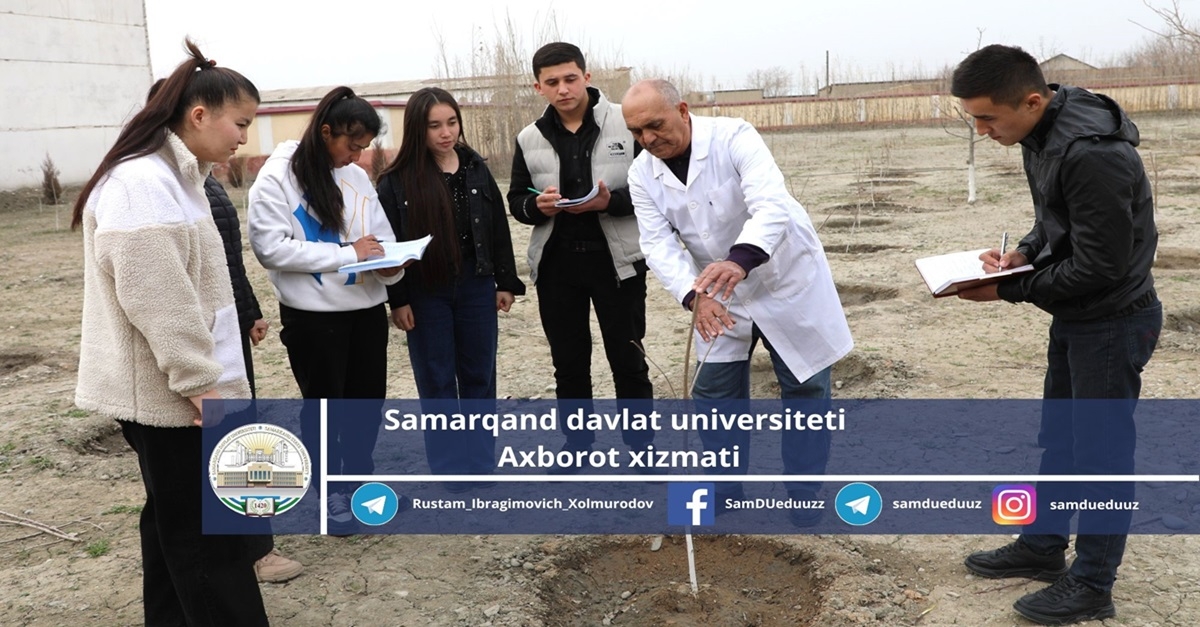
As spring approaches, all farms and farms specializing in horticulture begin planting seedlings.
Planting dates are determined depending on the type and type of seedling. Seedlings can be planted in spring and autumn. Seed seedlings should be planted in the spring.
First of all, good soil is selected for building a garden. Depending on the condition of the soil, they decide what type of seedlings should be planted. First, the soil for each seedling is dug up on the plot of land to be planted. Of course, there is also technology here. In this case, the first 30-centimeter layer of earth is taken separately, and the next 30-centimeter layer is dug up separately. The reason for this is that the upper fertile layer of soil when planting seedlings is thrown onto the lower one. The planting site should be dug to a depth of 50-60 centimeters.
Seedlings have main, lateral and sucker roots. The absorbent root serves to attract and absorb nutrients from the ground. Therefore, nutrient-rich soil from the top layer of the earth is thrown to the bottom of the pit.
Let's say a variety of apple tree was selected, to which a half scion was connected during planting. Before planting, the harmful parts of the root are cut off first. This ensures that the root absorbs nutrients well.
When planting a seedling, the junction between it and the scion should remain above the soil. If the scion attachment site remains below the soil, then the strength of the scion is lost, and only the seedling variety itself will grow.
The grafted area is planted in the direction of the wind. If planted against the wind, there is a high probability of the seedling breaking.
When planting, the seedling should be placed in the center of the dug hole. Then the roots will be good and suitable for receiving nutrients. After the seedling is planted and soil is laid on it, it is carefully pulled up a little. After this, the soil thrown into the pit is carefully trampled down with feet to prevent air from entering.
Regardless of what season the seedling is planted, it should be watered with 10 liters of water. This process serves to maintain moisture in the soil. After the poured water is absorbed, it should be covered with soil. This prevents cracking of the soil.
Fertilizers should not be applied during planting. Because the nitrogen in chemical fertilizers burns the roots of the seedlings. Fertilizers should be applied during the growing season of seedlings.
It is advisable to cut the seedling 2-3 days after planting. If you cut earlier, the moisture at the base of the seedling will leave and it will dry out. The purpose of pruning the seedling is to ensure that the root system develops well and can provide itself with nutrients. It is recommended to trim the seedling to 40-70 centimeters.
Care should be taken to cut the seedling diagonally. If it is cut incorrectly, microbes can accumulate in the cut, causing disease and pest damage. Another advantage of a slanted cut is that rain can drain away easily.
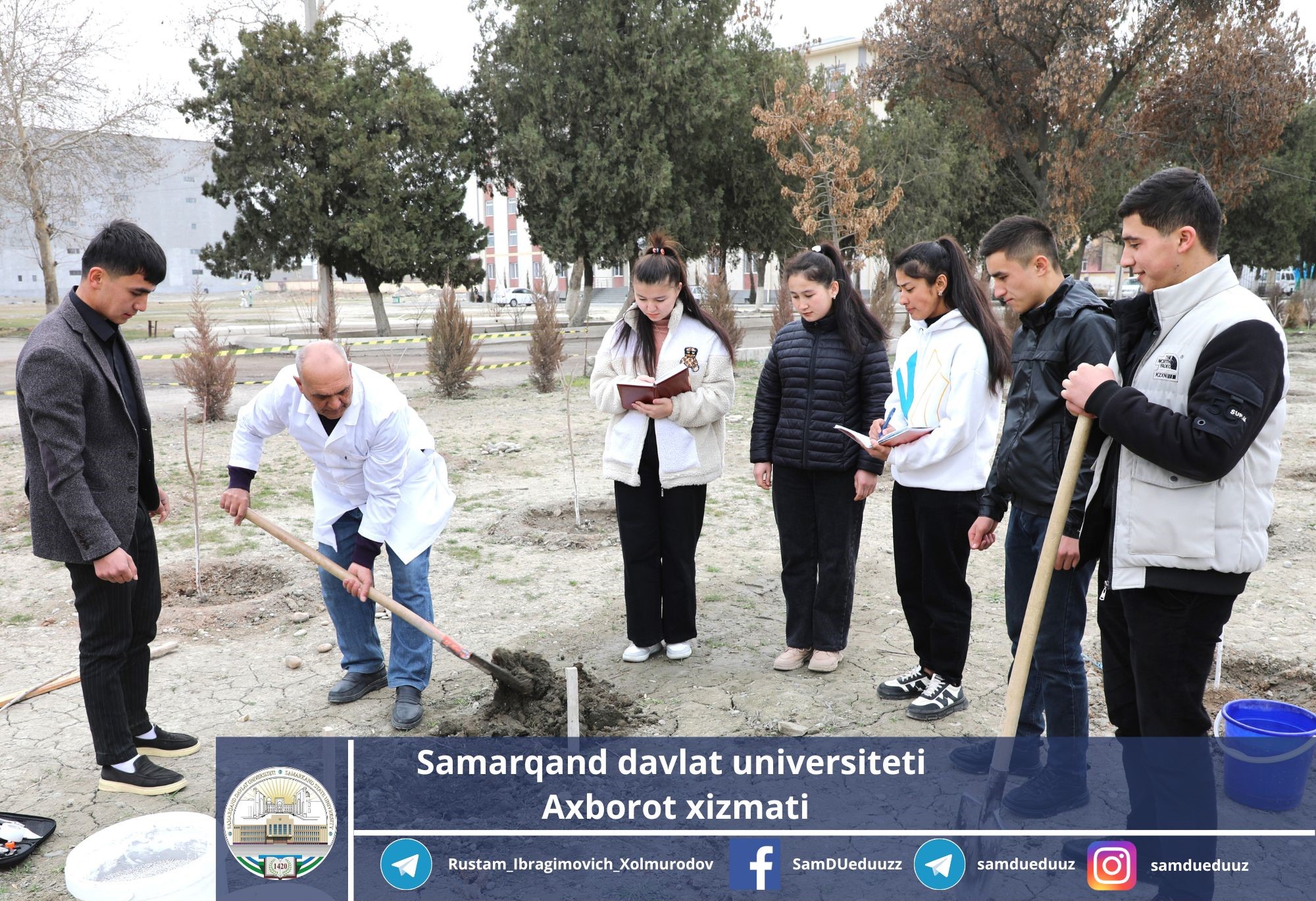
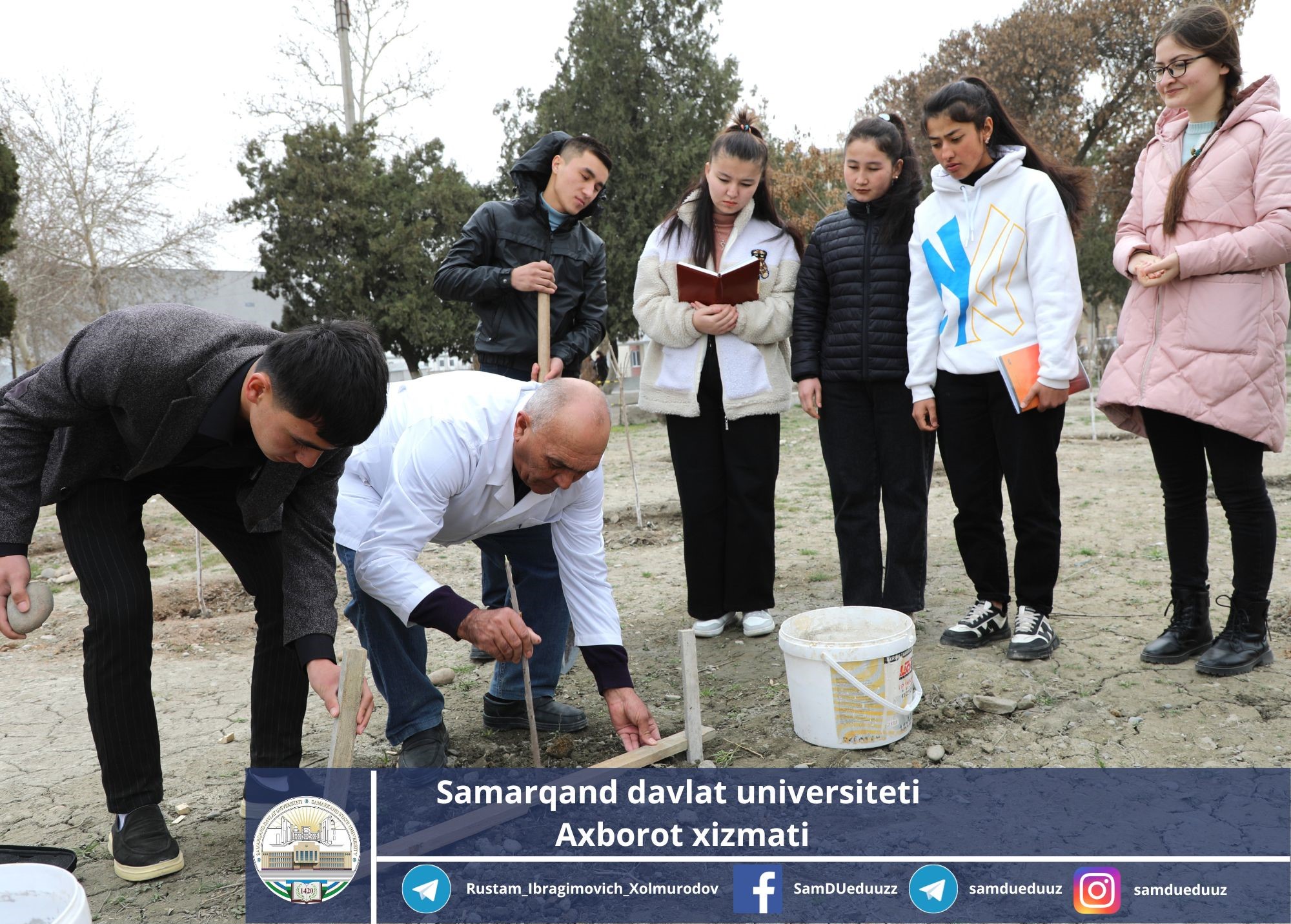
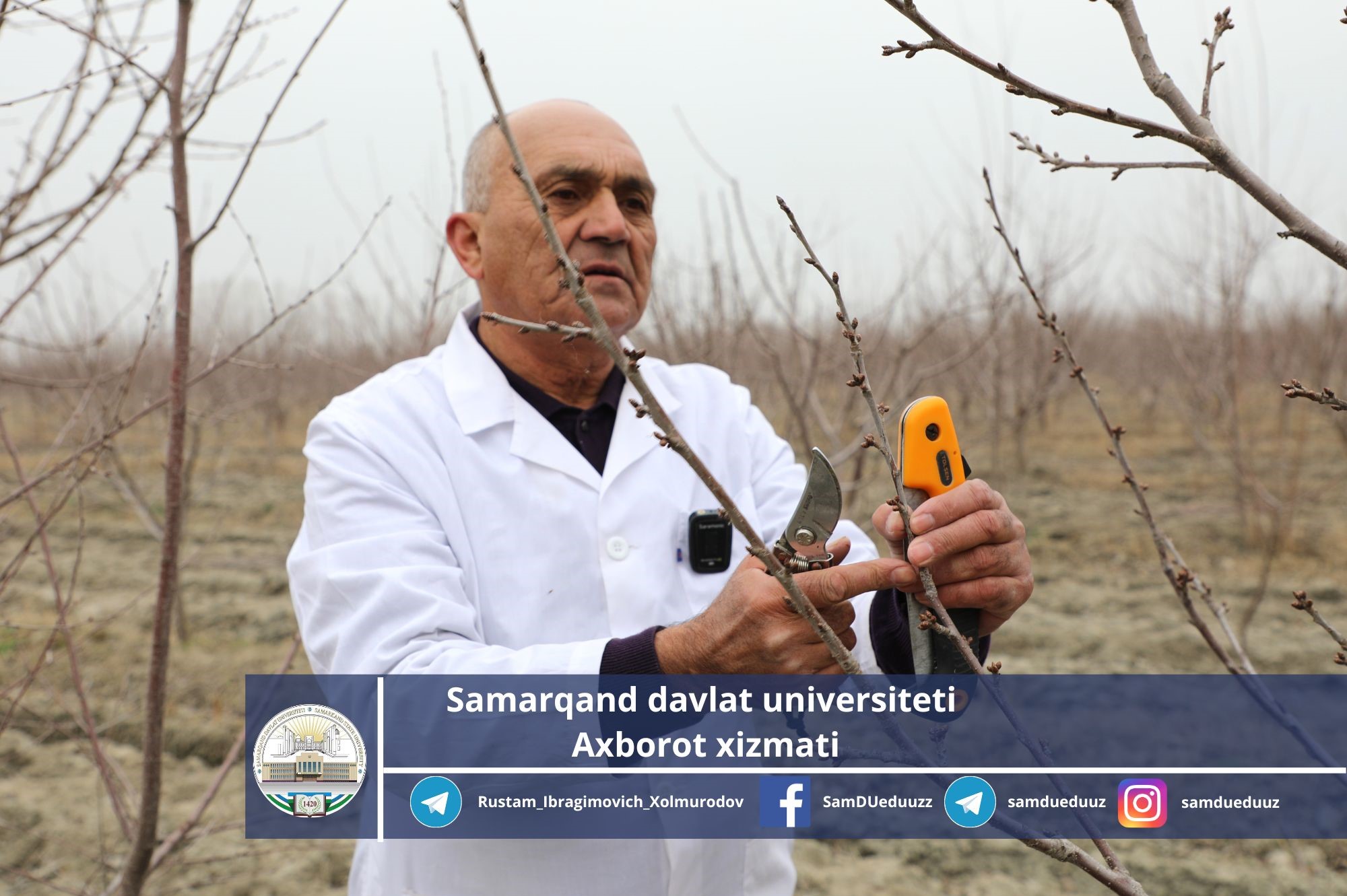
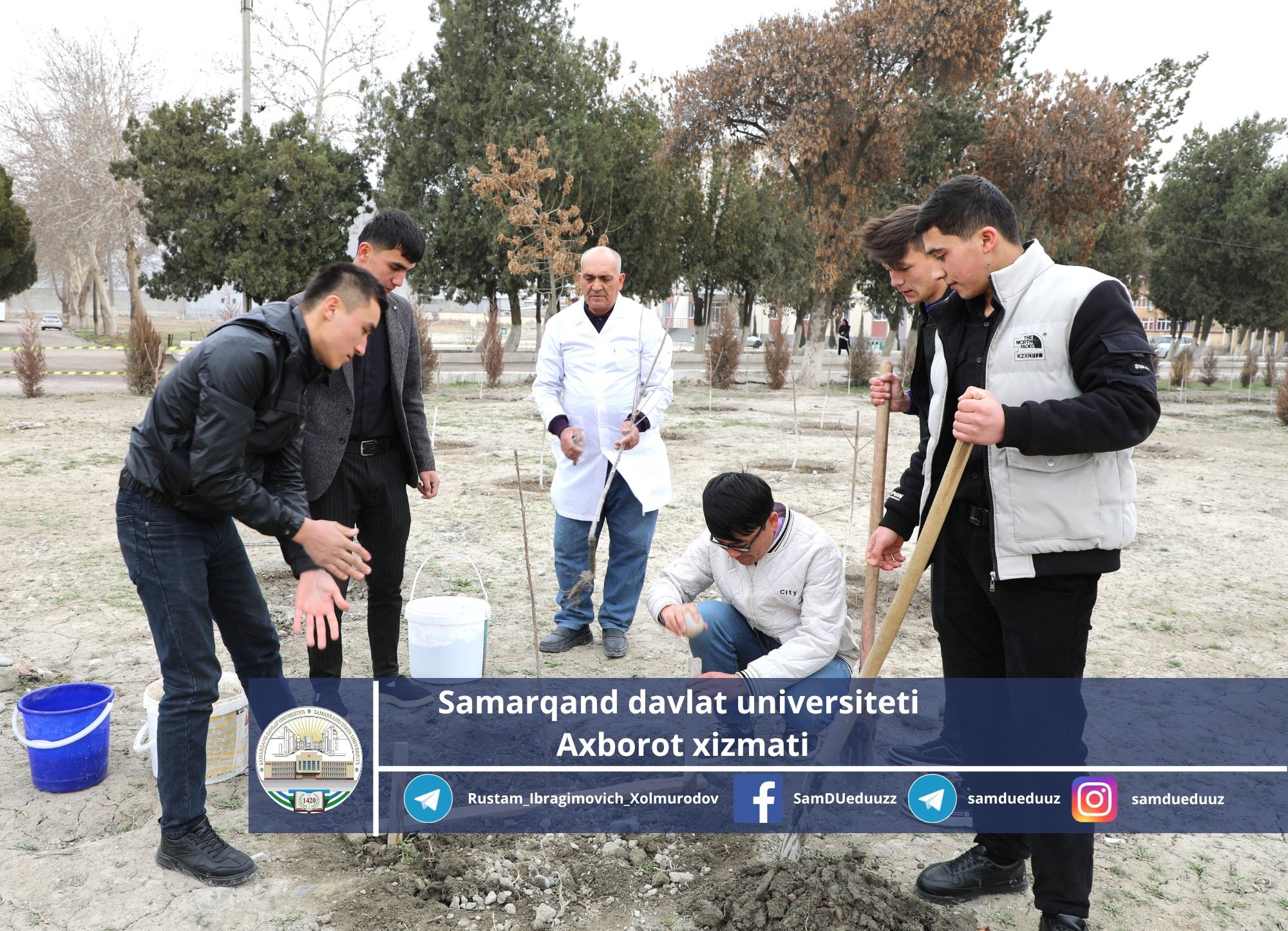
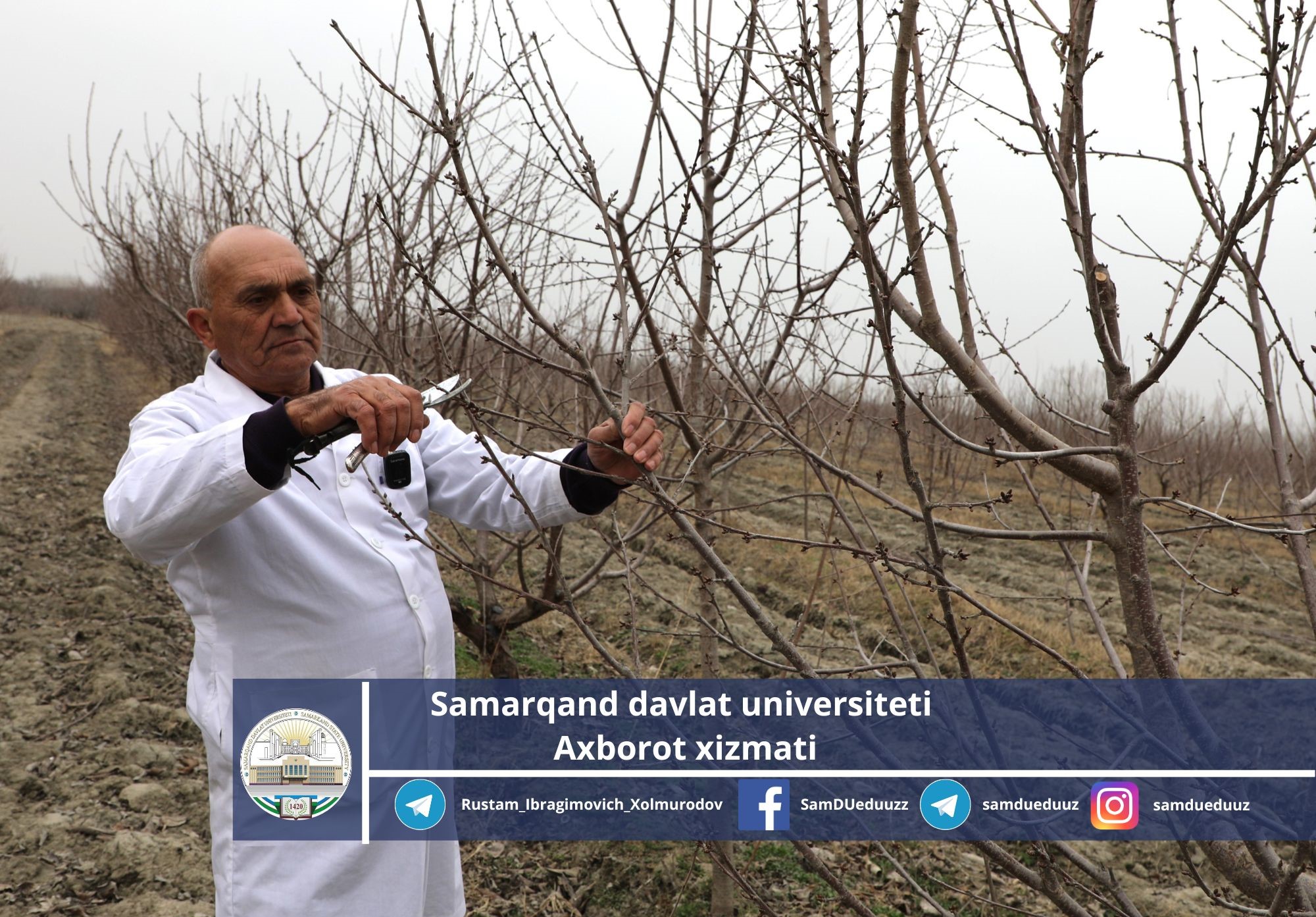
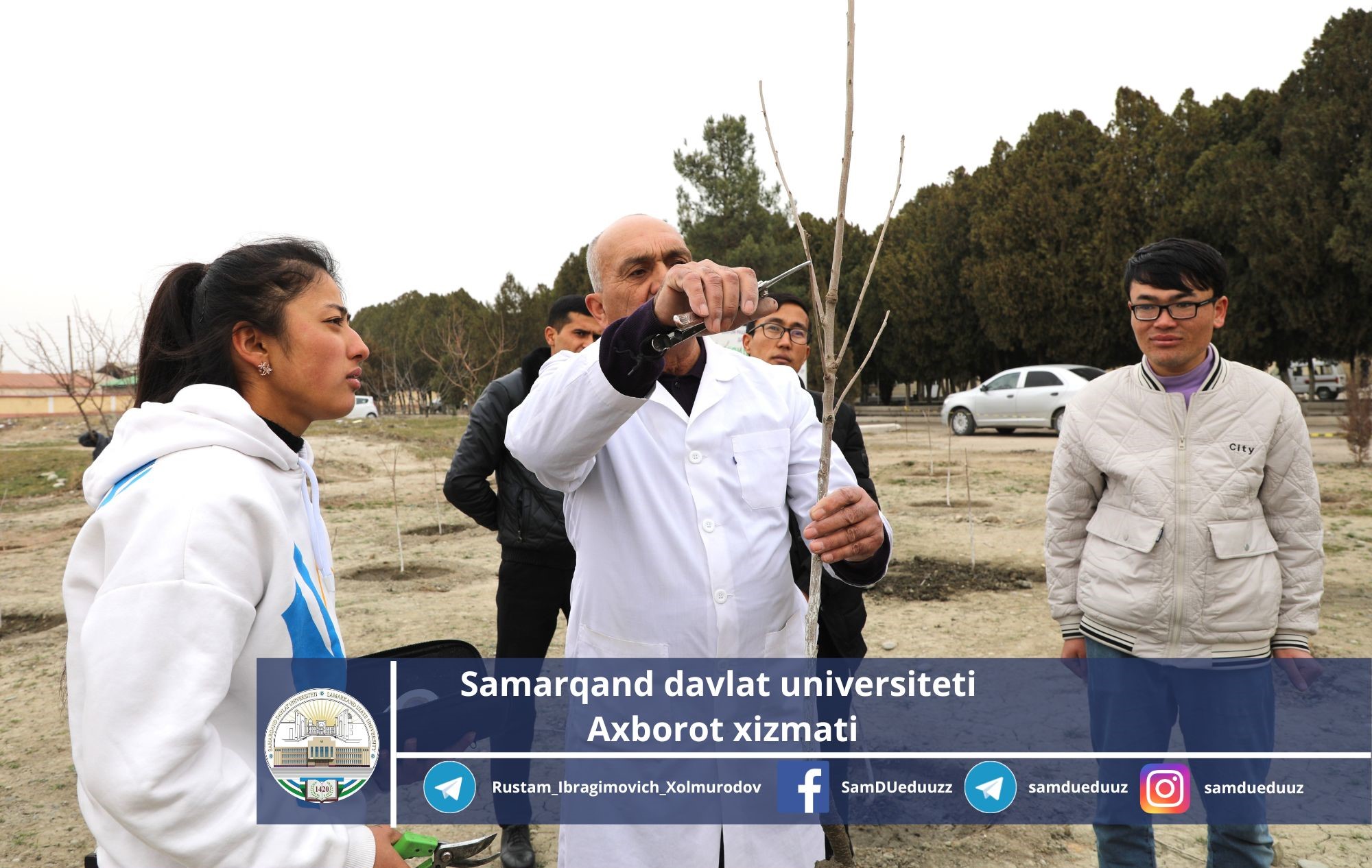
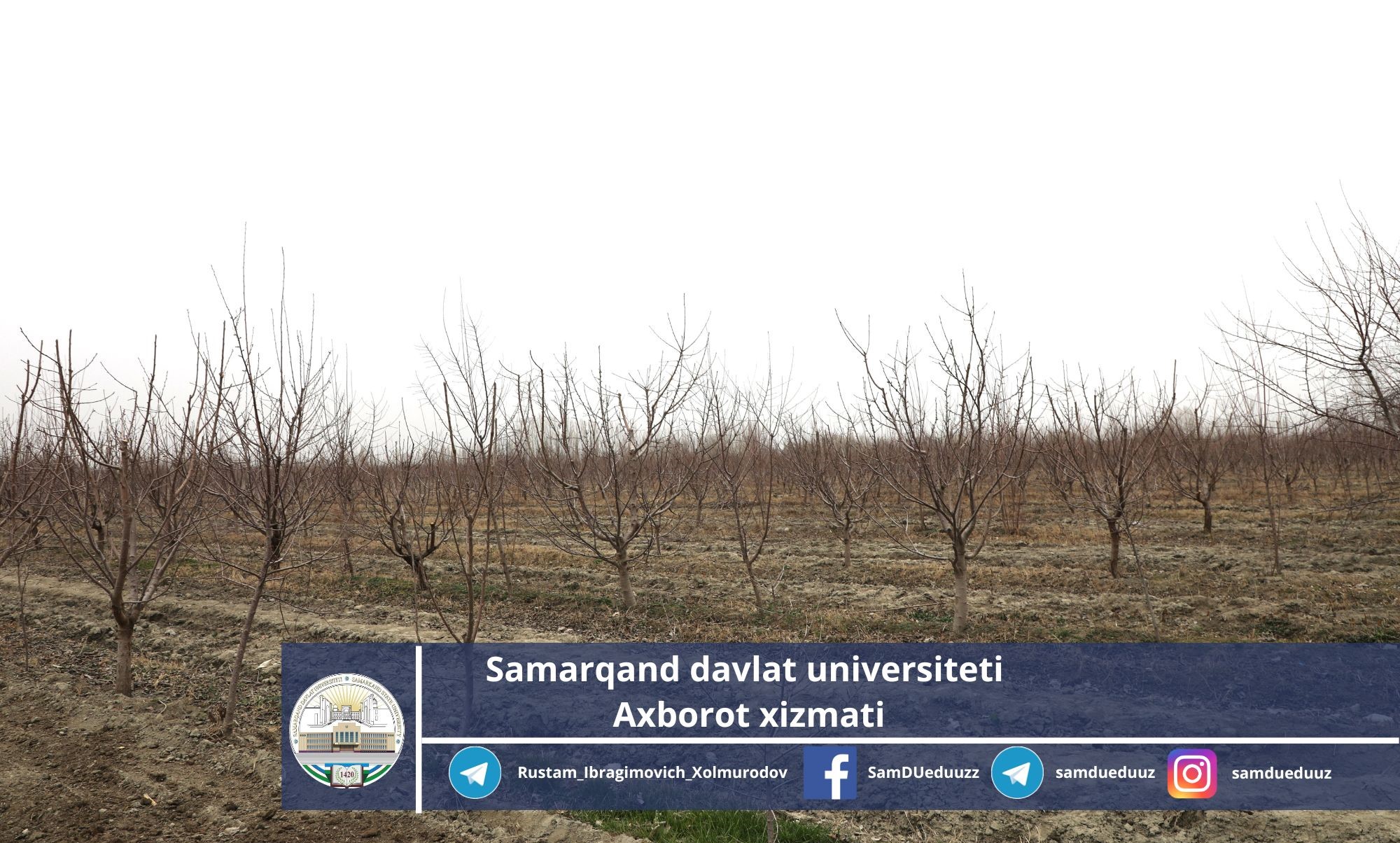
Rustam Rakhimov,
senior lecturer at the Department of Horticulture and Viticulture,
Samarkand State University, Candidate of Agricultural Sciences.

